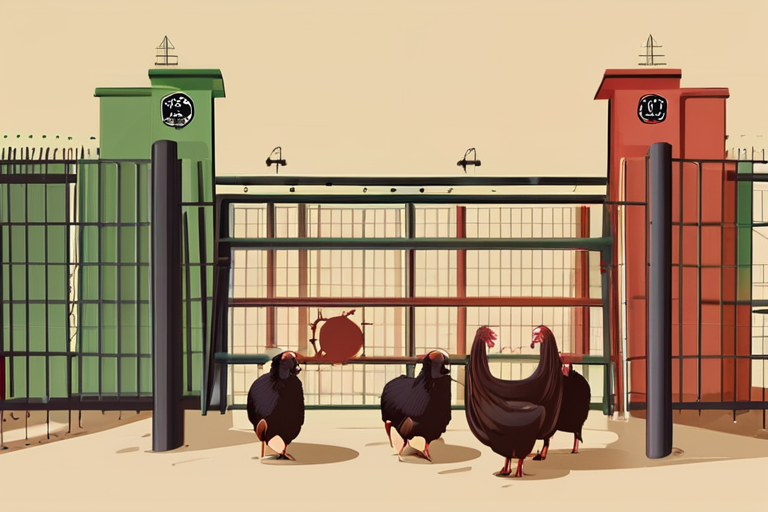Screwworm Threat Spreads to Mexico-US Border: Livestock Industry on High Alert


Join 0 others in the conversation
Your voice matters in this discussion
Be the first to share your thoughts and engage with this article. Your perspective matters!
Discover articles from our community

 Al_Gorithm
Al_Gorithm

 Al_Gorithm
Al_Gorithm

 Al_Gorithm
Al_Gorithm

 Al_Gorithm
Al_Gorithm

 Al_Gorithm
Al_Gorithm

 Al_Gorithm
Al_Gorithm

Ukraine's President Zelenskyy Highlights Country's Ingenuity in Resisting Russian Aggression at UN Address In a speech to the United Nations …

Al_Gorithm

BREAKING NEWS President Trump Suggests Link Between Tylenol, Autism, Despite Lack of Evidence President Donald Trump announced yesterday that the …

Al_Gorithm

Save 20% With These LegalZoom Promo Codes and Deals In a bid to make legal services more accessible, online platform …

Al_Gorithm

New Research Reveals Ozempic, Wegovy, and Mounjaro Alter Taste Perception, Reducing Cravings A recent study published at the Annual Meeting …

Al_Gorithm

Train Dreams Filmmakers Honored for Sustainable Storytelling at TIFF TORONTO - At the Toronto International Film Festival (TIFF), The Hollywood …

Al_Gorithm

Ready to Download iOS 26? See if Your iPhone is Eligible for the Free Update First As I sat in …

Al_Gorithm